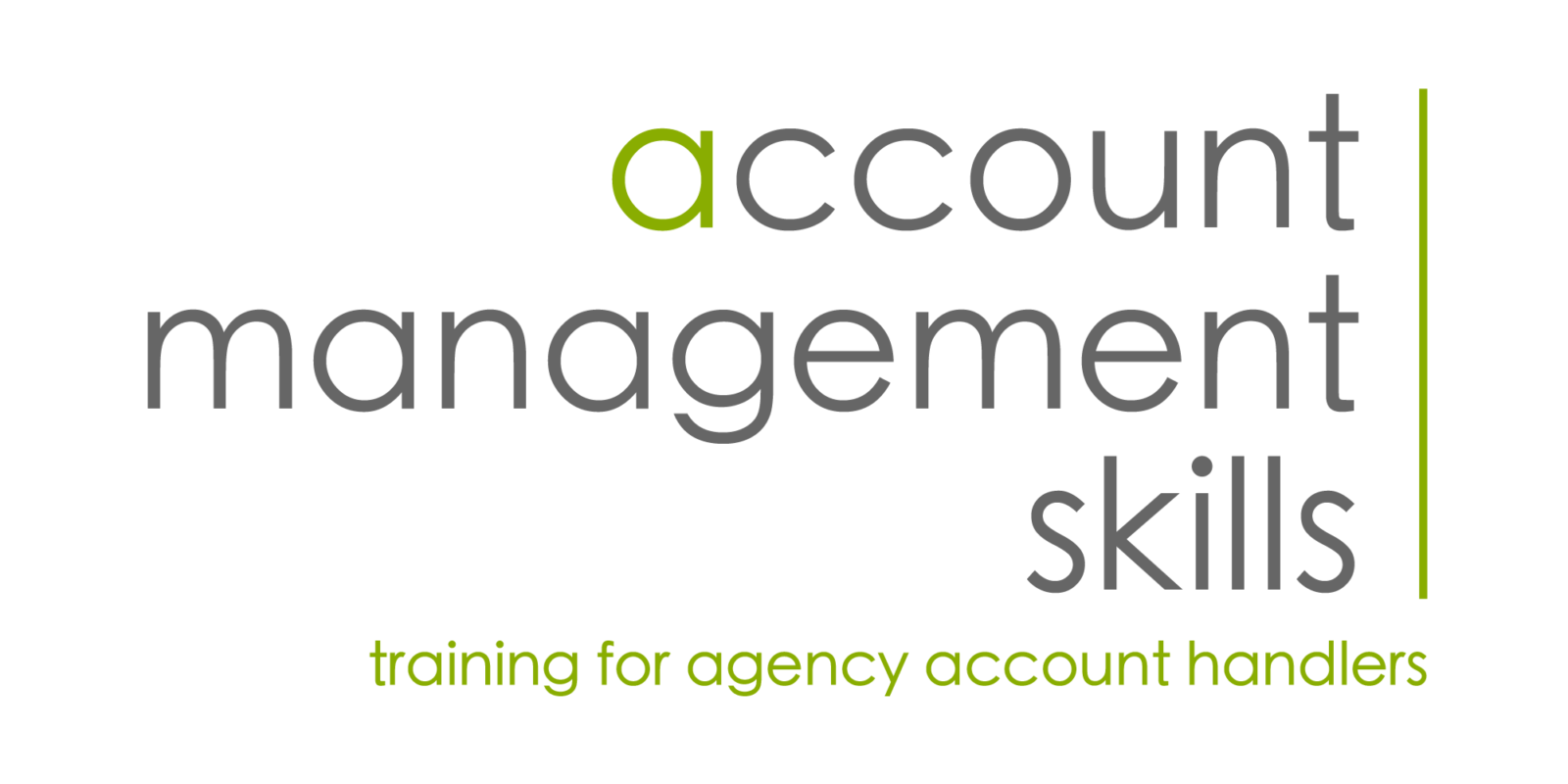
Important Techniques for Client Development
Client development is described as ‘the retention, expansion and growth of revenues derived from existing clients’.
When you compare the cost of pursuing new business versus growing your existing business it can cost up to 80 less!
Think about it.
Your existing clients already know you because you’re in regular contact so your cost of sale is much much lower;
– You don’t have to pitch (this can take the senior team’s time out of the business by as much as two or three weeks)
– They’re already working with you so you don’t have to overcome any ‘new relationship’ testing period i.e. straight down to work!
– They’re more likely to tell you exactly what they want and don’t want. No guess work, no time wasting
– You’re already familiar with their culture, history, third party vendors, products/services, branding guidelines, in fact all the information you need to hit the ground running and save valuable ‘getting up to speed’ time
So which approach do you use when trying to retain, expand or grow an existing account?
There are three types of existing client development:
1. Selling more of the same service
What does it mean?
A client may come back to you every year to develop their annual products/services brochure, refresh their website, update their sales materials, write a press release, organised a meeting, write an agenda, create a brand campaign etc
What are the benefits?
It’s a project or service you continually deliver and you can minimize preparation time.
Client development tip
At briefing stage, ask the client if they can estimate approximately how many times a year/month/week they will require your services to ensure you are staffed up and awaiting their brief so you can turn the work around quickly. If the client works with you on an ad-hoc basis, ensure all projects are captured in a customer sales database so that you can schedule a reminder to contact the client.
2. Selling different services to the same client
What does it mean?
You sell one product/service to a client and that leads to doing a further project of a different nature. For example, your client asks you to design a logo and then wants you to develop their packaging and branding guidelines.
What are the benefits?
The client builds trust with you due to the success of the first project and you ‘test the water’ working together. Once the trust is established there is no end of business the client will put your way as long as they are in their position.
A strong relationship can also lead to the client referring their colleagues to you – a low cost way to gain new business!
Client development tip
Ensure that during the first project you showcase other work and projects you have done so that the client is aware of the other services you offer. This may sound basic but so many account managers miss this and get caught up in delivery mode.
3. Creating/contracting new services to sell to your existing client
What does it mean?
Listening to the client and finding out their business challenges will allow you to identify opportunities for you to help.
For example, during the course of working with a client to design Keynote presentation templates you ask them questions about how many times they present/where/to who and suggest branding their presentation venues.
While currently you don’t offer this service, a natural extension of your branding offering could be the development of other design elements such as banners, pop-up stands, decorative room branding etc. This leads to a new project for your client – who now trusts you and has an opportunity to sample your work!
What are the benefits?
You show the client you are flexible, forward thinking and are willing to adapt your business to suit their needs. They’ll like that ;-).
You demonstrate pro-activity. You are not stuck in a ‘set’ business model and are keen to stay relevant to your client’s changing needs.
You position yourself as a business partner rather than an ‘order taker’.
Client development tip
Ask your client lots of questions! Find out about them, their challenges, their priorities, their current projects, their goals, upcoming milestones/important events.
Test the water in terms of how they are working with other companies. Are they happy with the customer services you provided? What do they think is missing? Where are the weaknesses from other providers?
Identifying where you can add value is key here.
So what about you? What approach are you taking right now with your existing customers to grow business?
